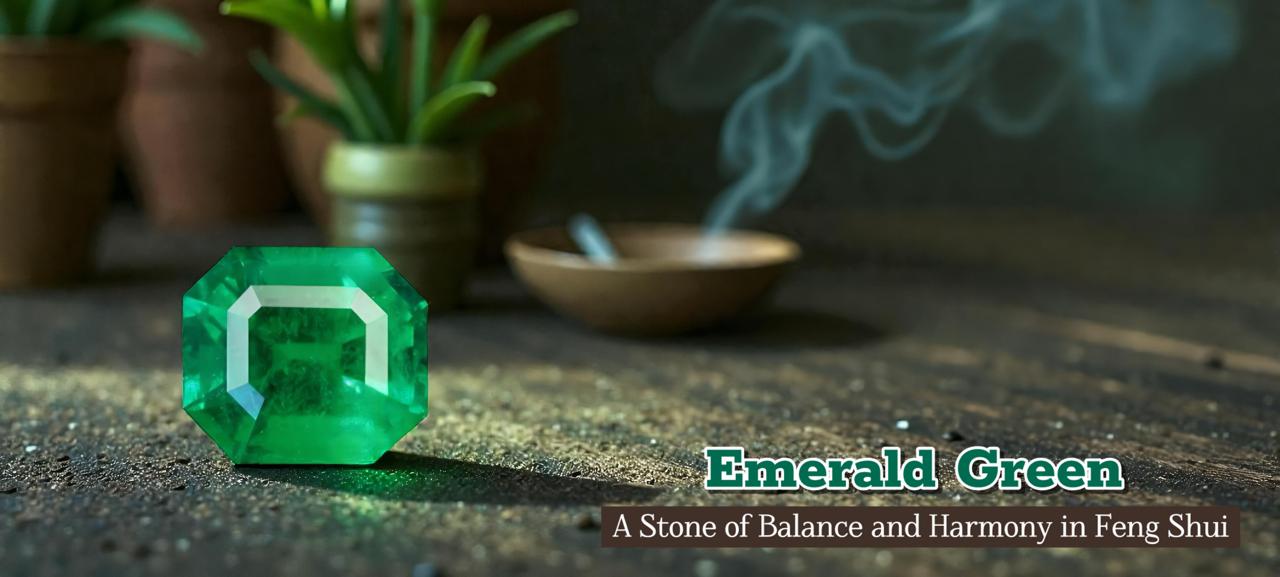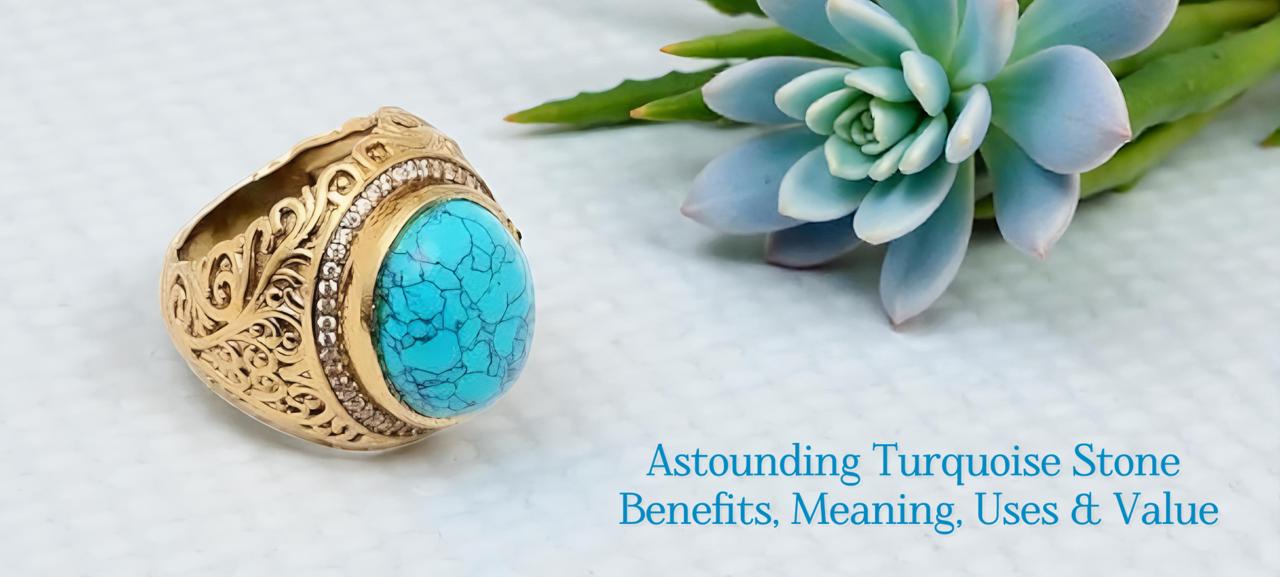 Categories
Categories 
Sapphires come from the corundum mineral family. These gems are durable and occur in various colors, such as blue, pink, peach, green, black, and more, except red. They are amongst the four precious gemstones and are highly valued for jewelry and astrological properties. Choosing a quality sapphire thus becomes an essential criterion for any of these purposes you desire.
Color is the main factor determining whether the stone is of good quality. Even in astrology, this factor plays a significant role. If you purchase this corundum for astrological purposes, make sure you buy vivid-colored stones. For example, blue sapphire, also called Neelam in Hindi, is a powerful gem in Vedic astrology. The blue color reflects soothing energy transmitted to the wearer through this gemstone. This energy offers the individual overall well-being. So, one can see how top-quality sapphire selection is essential.

Several factors impact the quality of the stone. One of the best sapphires characteristics is that it ranks high on the Mohs hardness scale. This makes it a favorable gem for jewelry purposes. So, for those looking for quality stones, durability is one of the factors you should stick to, and these gems stand perfectly on this. The other factors that impact both the quality and price of the stone are as follows:
The color of these gems from the corundum mineral family is assessed on three significant factors: hue, tone, and saturation. Hue refers to the primary color of the stone. For instance, in the case of Neelam, it's blue; for Pukhraj, it's yellow, and so on. The tone is darker and lighter shades. Medium-tone gems command high quality. This is because too-dark stones look dull; they don't appear shiny as light doesn't pass through them easily. Pale or lighter shade gems are of the most minor importance in astrology. However, they can be used for low-budget jewelry. Saturation refers to the intensity of the hue. High-saturated stones command high demand as they show more vivid hues. AAA quality is the best for sapphires as it features good color and clarity.
Clarity refers to the absence of inclusions or imperfections inside the gemstone. The measure of clarity goes from flawless to included. Flawless means no visible inclusions when seen under a microscope, whereas included stones mean imperfections visible under the naked eye. High-quality sapphires with vivid color and flawless clarity are hard to find, so they are expensive. Transparency is the degree to which light passes through the gemstone without obstruction. This allows the gem to shine and command a high price in the gemstone marketplace.
Whatever the cut, it should reflect the best color and clarity of the stone. Like those displaying peach, pink, and other subtle colors, Sapphires should be given a well-faceted cut. Darker shade stones look best in round, octagon, and pear cuts. This is because the surface area is more prominent, and the stone's hue is better. However, the choice of the best gemstones depends on personal preferences. Always look for a quality sapphire cut symmetrically and with equal color distribution.
Carat Weight or Ratti, as we say in Hindi, measures the weight of the stone. Gemstone size varies from weight as the former is all about the visual appeal of the gem. The quality of the stone is indirectly related to its weight and size. If the stone has a high carat weight, displays dull color, and has less clarity, it is considered low quality. Sapphires are expensive and have a high-carat weight, symmetrical cut, vivid color, and high clarity. You can choose corundum based on the purpose you are seeking. For instance, if you select Neelam for astrological purposes, the ideal weight should be 3-5 carats.
-Origin: Natural sapphires are formed over millions of years beneath the Earth’s crust. They have a well-defined crystalline structure. When trace elements replace the atoms in this structure, the stone is given the desired color. The best of these gems come from Sri Lanka. Synthetic corundum are made in laboratories using methods like the Czochralski process.
Inclusions: In real gemstones, inclusions are formed at the time of formation. Mineral crystals and silk rutile needles are common imperfections found in gems of the corundum mineral family. Synthetic stones also feature these imperfections, but they are lab-created. Thus, one should buy the stone from a reputable store like Navratan that provides gemological certificates with the purchase.
-Color Zoning: Natural Gemstones show color zoning whereas synthetic ones are eye and color is equally distributed. However, finding gemstones with no color zoning is difficult and requires higher prices.
Let's explore some of the tests:

To test a rough sapphire, look for its crystal structure. For example, they show hexagonal and prism shapes.
Each stone from the corundum mineral family showcases a distinct color. Thus, one should research the color range and visually examine the stone. For instance, Padparadscha sapphire features a pinkish-orange hue, but people might confuse it with other similar-colored stones.
Conduct a scratch test. Since sapphires are high on the Mohs scale of hardness, they don't get scratched easily. You can perform this test at home.
Take advice from professional gemologists, as they will confirm the stone's authenticity. Certificates are the best way to evaluate whether the stone is fake or real.


Emerald Green: A Powerful Feng Shui Stone for Balance and Harmony
December 15th, 2025

